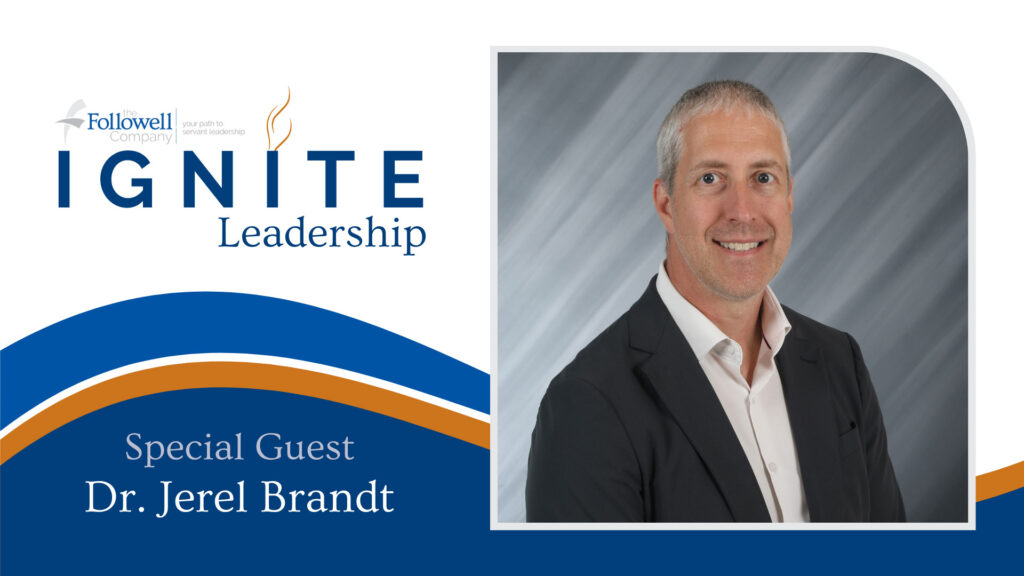On the surface, a hospital operating room, a NASCAR pit lane, and a military combat zone couldn’t be more different. One deals in life-saving procedures, another in lightning-fast tire changes, and the third in executing high-risk missions in hostile territory.
But look deeper, and a fascinating truth emerges: Operating Room teams, NASCAR pit crews, and Navy SEAL teams all operate with the same foundational ingredients—specialized expertise, role adaptability, and elite-level trust and communication. Their environments may differ, but their success depends on the same high-stakes principles.
Expertise: Every Role Matters
At the heart of each team lies deep, practiced expertise in specific roles.
In the Operating Room, the surgeon leads the procedure, supported by an anesthesiologist, scrub techs, circulating nurses, and sometimes surgical assistants. Each has highly specialized training, and their work is interdependent—one person’s misstep can compromise the entire procedure.
In a NASCAR pit crew, roles are equally refined. A jackman, tire changers, fuelers, and utility crew members train daily to shave tenths of seconds off pit stops. Behind the wall, engineers and crew chiefs analyze telemetry and make real-time adjustments. Every tool has a purpose. Every movement is choreographed.
Navy SEALs take role expertise to another level. While each team member is cross-trained, most have core specialties: snipers, breachers, medics, communications experts, and navigators. These roles are honed over years of physical, tactical, and mental training.
In all three settings, expertise is non-negotiable. Everyone must not only master their role but know how their role contributes to the collective goal—whether it’s saving a life, winning a race, or completing a covert mission.
Role Blending: When Specialists Flex
Despite the rigid training in each environment, real-world situations demand role blending and adaptability.
In the OR, a circulating nurse may step in to adjust equipment, or a surgical tech might assist with retraction if an extra pair of hands is needed. Emergencies don’t wait for perfect job descriptions.
In the NASCAR world, if a tire changer slips or drops a lug nut, a nearby teammate reacts instantly—no questions asked. While each person has a dedicated job, they’ve rehearsed enough scenarios to flow in and out of roles without chaos.
For Navy SEALs, role blending is a core part of the mission. If the medic is injured, another teammate will step up with enough training to provide care. If the breacher is compromised, someone else can breach. Redundancy and overlap are built in by design.
This flexibility doesn’t dilute the importance of expertise—it amplifies it. Each team trains for their core role, but they also train together so they can respond to unpredictability as a unit.
Communication: Verbal, Nonverbal, and Everything In Between
What truly elevates these teams is their ability to communicate—quickly, clearly, and often without speaking.
In the OR, surgeons give brief but direct verbal instructions. Scrub techs respond with swift handoffs. Eye contact, head nods, and tone of voice carry significant meaning. Anesthesiologists and nurses must signal changes in patient status without disrupting the procedure. Every word—or lack thereof—must be intentional.
In NASCAR, a lot of communication during a pit stop is nonverbal choreographed through body movement, hand signals, and awareness of proximity. Meanwhile, over the radio, the driver, crew chief, and spotter must maintain open, calm, and efficient dialogue. The driver gives real-time feedback, and the crew adjusts strategy in milliseconds.
For Navy SEALs, communication can be verbal or completely silent, depending on the mission. Hand signals, eye contact, and body posture are rehearsed until they become second nature. They rely on total situational awareness—reading the room, the environment, and each other with precision. Verbal commands are used only when necessary—and always with clarity and brevity.
Across all three teams, communication is rooted in preparation. They don’t rely on guesswork or assumptions. They rely on systems, rehearsals, and shared mental models.
Trust: The Invisible Thread
Underlying everything—expertise, flexibility, and communication—is trust.
In the OR, the surgeon must trust that the scrub nurse is handing the correct instrument. The anesthesiologist must trust that vital signs are being monitored accurately. Trust allows everyone to stay focused on the patient, not on checking someone else’s work.
NASCAR pit crews trust that every teammate is in sync. There’s no time to double-check. A driver barrels into pit lane at 50 mph, trusting that the car will be serviced flawlessly and sent out in under 12 seconds.
For SEALs, trust isn’t optional—it’s survival. Each team member must trust that others are watching their blind spots, following protocol, and ready to adapt at any moment. Ego has no place. Trust is built through countless reps, shared hardship, and unwavering commitment to the mission.
Final Lap: The Power of High-Performance Teams
Whether in a sterile OR, a roaring pit lane, or a silent battlefield, the fundamentals remain the same:
· Elite expertise in every role
· Fluid adaptability when plans change
· Constant communication, verbal and nonverbal
· And above all, trust earned through preparation and performance
These aren’t just teams. They’re finely tuned ecosystems of human potential. And while most of us won’t race cars, perform surgery, or deploy into combat, we can all learn from how these teams operate—with precision, with purpose and with each other in mind.




